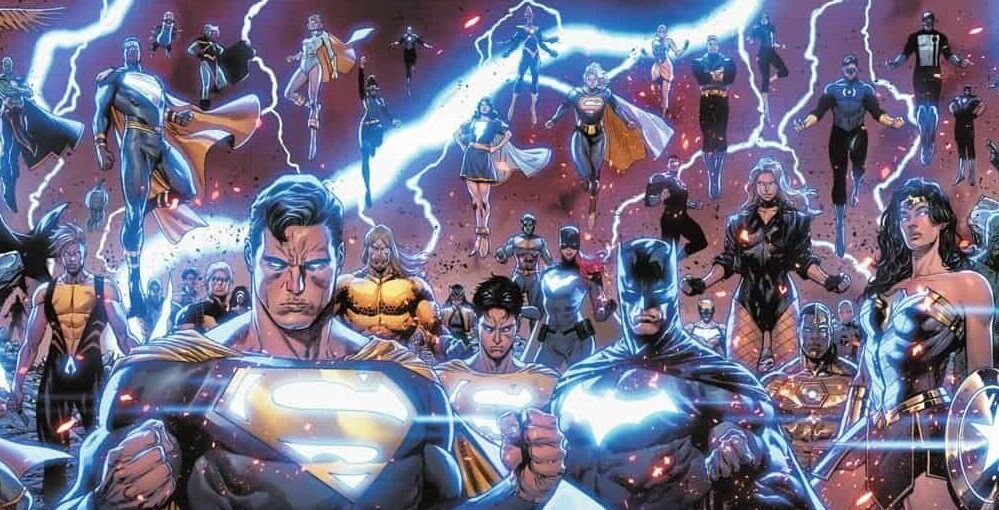There’s been a lot of talk about the 50th anniversary of CBGB and the birthplace of punk. The little club in the Bowery became legendary when bands such as The Ramones, Blondie, Talking Heads and Television signed to major labels. There was a Manhattan club before the CBGB that gave punk bands a place to place in the early ’70s. Nightclubbing: Birth of Punk Rock In NYC shines a light on the other place. Max’s Kansas City was primarily a restaurant when it opened up in 1965. The sign advertised steak, lobster and chickpeas. The place’s backroom became legendary for attracting artists. The headlines came quick when Andy Warhol and his group hung out there. Eventually the upstairs room would be turned into a performing space. During the summer of 1970, the Velvet Underground would have their last gigs with Lou Reed. Warhol associate Brigid Polk recorded the concert on a cassette recorder. This became the master tape for The Velvet Underground Live At Max’s Kansas City that came out in 1972. Kids across the country learned the name of the club and saw its exterior on the album cover. People wanted to travel to the New York City to visit the magical place that had started booking the New York Dolls.
The club wasn’t huge. Sylvain Sylvain of the New York Dolls talks about how the space could maybe seat 60 people, but they could squeeze 100 into the room if it was necessary. And it was necessary when his New York Dolls played six straight nights of two shows in the tight space. It’s good to see Sylvain Sylvian share his experience before he passed away in 2021.
There is a discussion about how many of the acts associated with CBGB got early bookings at Max’s including The Ramones and Patti Smith. Blondie’s Debbie Harry was a waitress there. Jayne County relates her experiences playing there. Max’s wasn’t exclusively a punk club. A lucky few people were in the space when Bruce Springsteen and Bob Marley double billed for a week in the summer of 1973.
December of 1974, owner Mickey Raskin shutdown the club unexpectedly. There’s talk of how Mickey didn’t make a lot of struggling artists pay for their meals except for swapping artwork later. He might have given away too much, but he was enjoying himself. The story wasn’t over for the club. Tommy Dean and his wife found out the debt wasn’t that outrageous. They bought the place and reopened under the same name. They expanded the concert space upstairs to fit 200 people. Peter Crowley took up booking the bands at Max’s. His focus was local acts and outside acts that had the same vibe. He brought in Devo, the Cramps and the B-52’s.
There is quite a talk about the difference between Max’s Kansas City and CBGB when the clubs began going head-to-head. Max’s booker Peter Crowley was described as more knowledgeable about the bands than CBGB owner Hilly Kristal. Max’s booked the Sid Vicious solo shows. There’s a lot of discussion of which place was better. The biggest difference was that Max’s bathrooms were clean compared to the dump at CBGB. Hilly’s dog would poop around his club to make it a bit nastier. As a concertgoer, a usable bathroom and no dog poop is a good tie breaker.
There’s a rather eye-opening section about what was going down in the basement of Max’s at the dawn of the ’80s. This is illegal activity ultimately brings down the nightclub at the end of 1981. We find out about the final gig at Max’s. Billy Idol and guitarist Steve Stevens snuck onto the bill. Their first show together was on that night. Both Billy and Steve are still stoked that they were on the stage. CBGB uses the ’80s to overshadow the legacy of Max’s Kansas City. Think of how many CBGB t-shirts you’ve seen (or old) in your life.
The documentary has a great batch of people talking about their experiences. Alice Cooper is excited to share how much being in the backroom meant to him. Lenny Kaye gets into how him and Patti Smith ended up there. Kaye is also behind the recent Nuggets boxset and my favorite DJ on Little Steven’s Underground Garage. After swapping posts with him on the old Velvet Rope website, it was great to hear Jimi LaLumia shares his memories and talks about his music. Jayne County gets into the infamous fight with Handsome Dick Manitoba.
Nightclubbing: The Birth of Punk Rock shines the light on Max’s Kansas City rise abrupt fall and rise followed by another abrupt fall. In between those closures, a lot of great people and bands shared the bowls of chickpeas.

The Video is 1.85:1 anamorphic. There’s quite a bit of vintage standard definition video. It has a great punk rock feel. The Audio is Dolby Digital 2.0 stereo. Things sound fine. The movie is subtitled in English and Spanish.
CD features 19 tracks from bands mentioned in the film. This includes Jayne County, Shrapnel, Jimi LaLumia, Stimulators, Mystery Girls and Ruby & The Rednecks.
Deleted Scenes (60:06) are more interview footage with people sharing even more stories about the club and New York City..
Survivors Guide to 70s NYC (7:14) has Neon Leon and Sonny Vincent talks about arriving in the Big Apple. Neon moved into the Chelsea Hotel. Sonny would come into the city as a large kid and see Andy Warhol films. There’s quite a bit of drug talk of that time.
Trailer (2:48) lets us know this is about the importance of Max’s Kansas City. Punk history wasn’t just CBGB.
Mini-poster suitable for framing.
MVDvisual presents Nightclubbing: The Birth of Punk Rock in NYC. Directed by Danny Garcia. Screenplay by Danny Garcia. Featuring Alice Cooper, Jayne County, Billy Idol, Sylvain Sylvain, Alan Vega, Jimi LaLumia, Bob Gruen and Lenny Kaye. Running Time: 85 minutes. Rating: Unrated. Release Date: Febuary 2, 2024.





